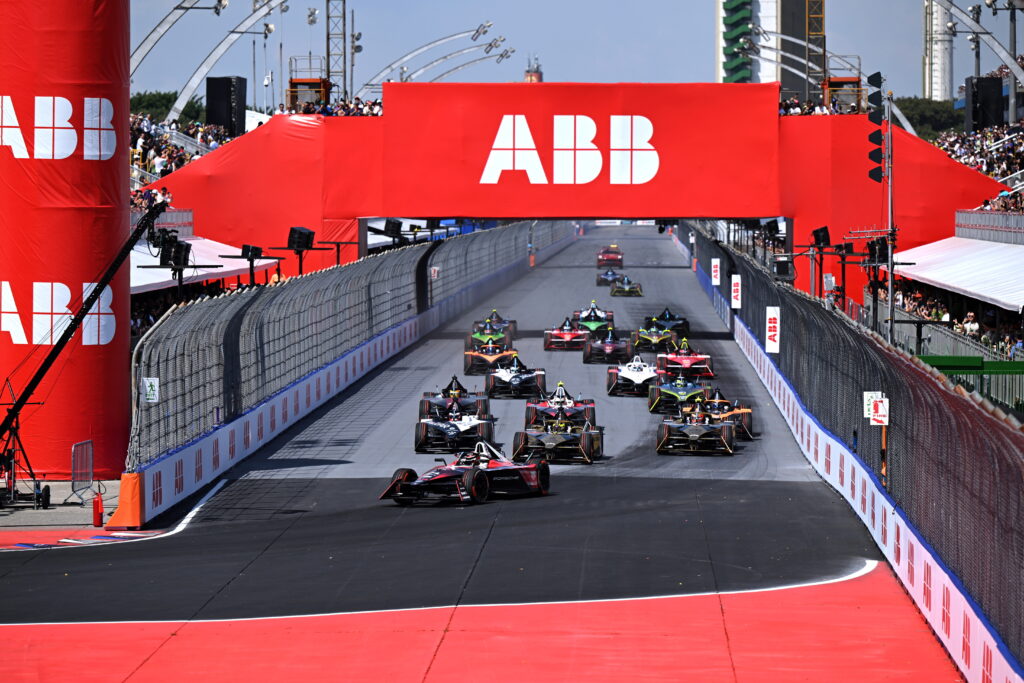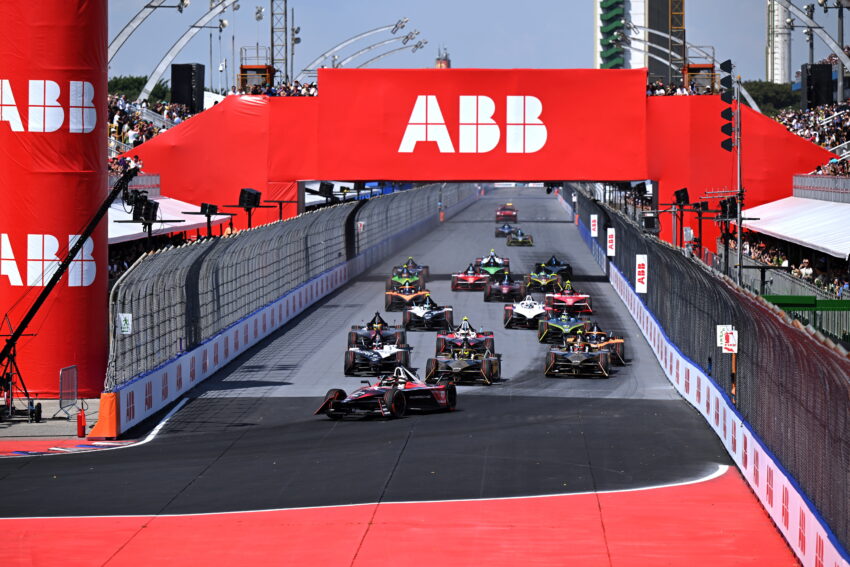
As the ABB Formula E World Championship considers sustainable ways to grow the Championship, should partnerships with ‘rival’ Championships be considered?
City Centre racing has long been a core value of Formula E; in the hundreds of outreach messages I’ve sent to prospective partners over the years, bringing the racing to fans is one of the key selling points of the Championship. However, as the team responsible for building the Formula E schedule will attest, city-centre racing is tough. Navigating national, regional, and local agendas, election cycles, managing residents, and land redevelopment takes time and resources and is all too often unpredictable.
This challenge is compounded when more established championships with a history of circuit racing see Formula E’s success and adopt a similar strategy accordingly.
City Centre racing is expensive; promoters are required to build temporary infrastructure not only for the pitlane and paddock, but for an entire circuit. A city centre/street race can require three to four times the investment required for circuit racing.
Historically, motorsport championships have sought independence, looking to outdo one another, seemingly avoiding collaboration for fear of cannibalising both the audience and the overall ecosystem.
With racing teams such as Andretti and McLaren bucking that trend, is now the time for championships to do the same?
Formula E acknowledges North America is a key growth market, and whilst my personal dream to bring the Championship to CES with an ePrix running in and around the exhibition buildings would be incredible, a more realistic approach to building the sport in North America would be to partner with Indycar.
The Indycar calendar is comprised of three track formats: Oval, Circuit, and Street. The 2024 street circuit schedule includes St Pete, Detroit, Long Beach, and Toronto. These locations have been developed to minimise disruption to local residents and are all well-established events.
Rather than Formula E seeking to build its own schedule in North America, why not twin with Indycar with ePrix taking place the week preceding or following the Indycar race in these locations? Sharing costs on building venues with established political support will allow both championships to allocate funds to other areas requiring focus.
Coming back to term rivals, are any Championships truly ‘rivals’ to Formula E? Fans of motorsport will always watch motorsport; Formula E’s involvement in any other championship is unlikely to impact any existing audience. With exclusive rights to entirely electric single-seater racing, there is no natural rival to the sport. In its tenth year, Formula E is established and respected in the motorsport ecosystem. It has carved out a clear position. While the Championship will continue to grow, achieving growth through thoughtful collaboration in mutually beneficial partnerships is the responsible and sustainable route future partners will seek to be associated with.
